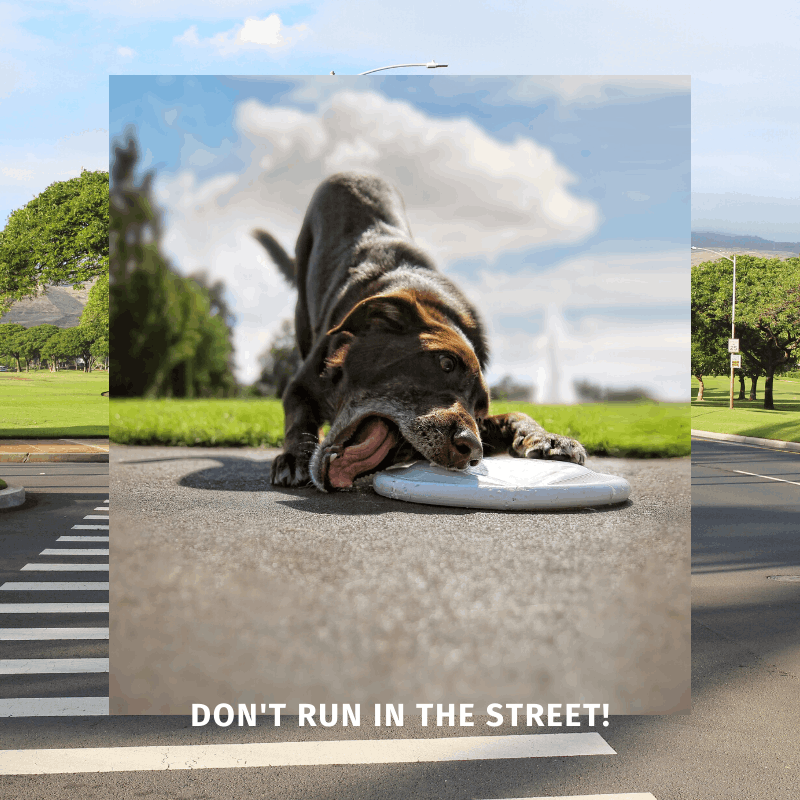Would you like to train your dog to stay in your yard without resorting to electrical shock? There is a way to do it that is inexpensive, takes about the same amount of time, and is just as reliable as the electronic containment systems commercially available.
Wouldn't it be nice to be 100% confident that your dog will stay in your yard even without a fence or leash (ok, 95%)? Is there a room in your house your dog must remain out of, such as baby's room, your formal dining room, or your business office? Are you frustrated with your dog trampling your flowers in the garden you worked so hard on?
There are many ways to contain or control a dog including fences (visible or electronic), chains or tie-outs, pens, leashes, gates, etc. However, none are fool-proof and none truly provide your dog with freedom and a happy life, nor do they teach them anything, only contain them.
Boundary training is an easy and much more reliable alternative. It involves teaching your dog where a boundary line is and that he is not allowed to cross that line, EVER. It's not as hard as it sounds, just takes a little time and consistency. Fifteen or more minutes a day, every day, for a few weeks, and consistent reinforcement after that. Here's how to do it.
Boundary training is a great way to keep your dog in its yard without the use of electric fencing or even an actual fence. I also use boundary training to teach dogs to stay out of areas where they should not go, like flower beds and swimming pools.
Many pet health insurance companies report injuries or illnesses stemming from dogs getting into areas or things they should stay away from. Boundary training can help keep your dog safe and healthy.
There are potential problems with containment systems that rely on electrical shock to punish a dog for crossing a boundary.
Electronic containment systems can create aggressive reactions in dogs. There is no way to control or determine what the dog is focused on when it receives the shock. The dog could be looking at a squirrel running up a tree across the boundary, or at the next-door neighbor, the neighbor's dog, or the neighbor's young child. Whatever the dog is focused on when it receives the aversive (shock) could become associated with the aversive. The next time the dog looks at the tree, or sees the neighbor or child, it may growl or act in another aggressive manner in response.
Conversely, some dogs shut down after receiving an aversive shock. They can become highly stressed; some dogs won't leave the porch or deck, or even the house. These dogs assume that anything they do outside may result in an aversive.

